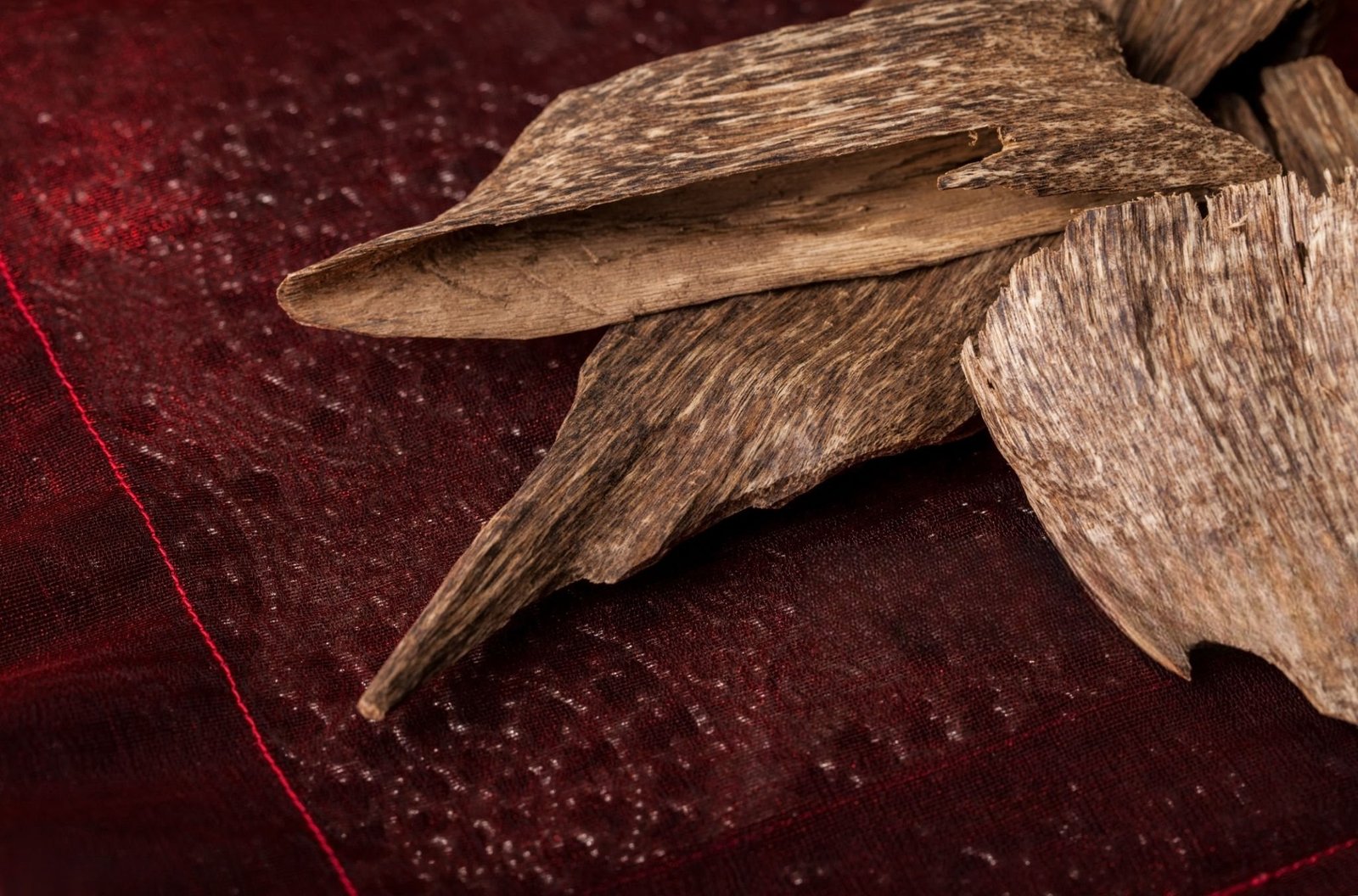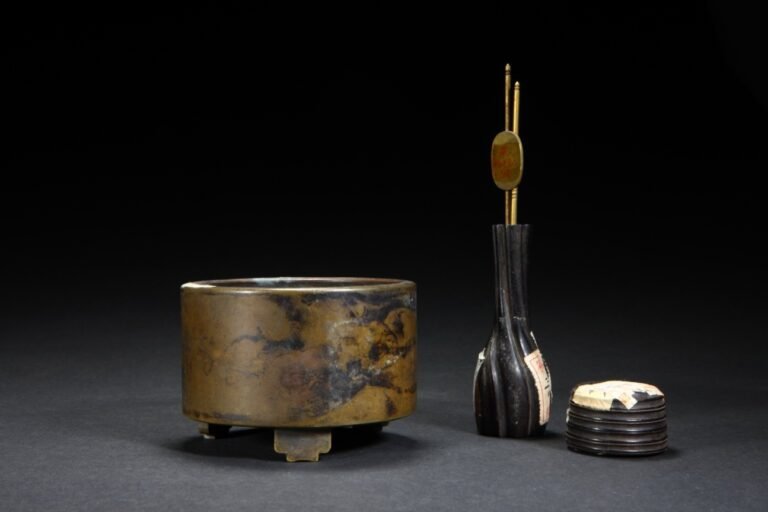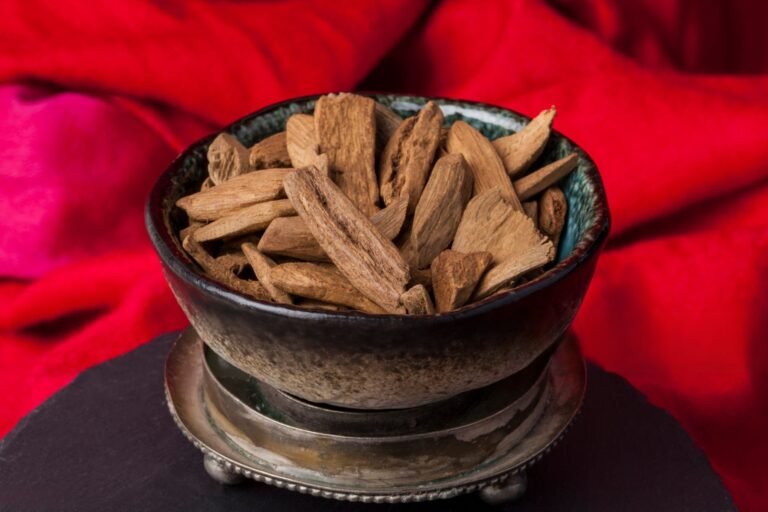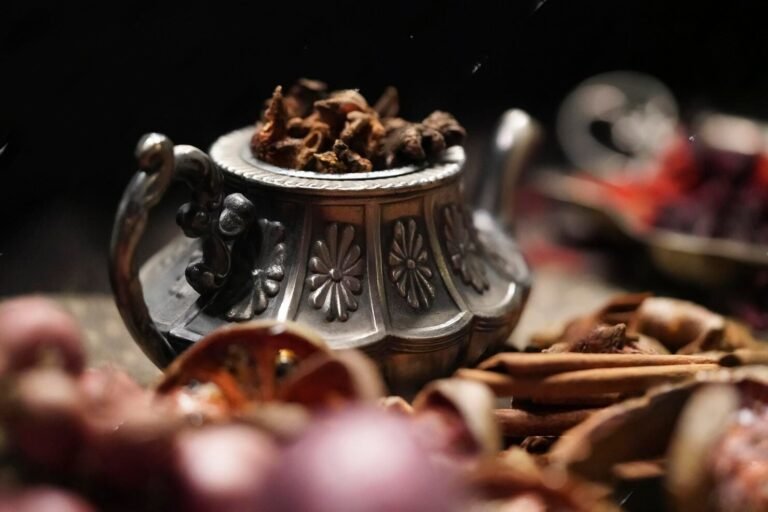China’s incense culture has a history of thousands of years. Although incense was not originally produced in China, it has been developed in China, which shows that my country has a profound understanding of the study of incense culture. Legend has it that during the Western Han Dynasty, with the opening of the “Silk Road”, China’s porcelain, tea and silk were exported to foreign countries, and luxury goods such as spices and jewelry were introduced from abroad. In the Song Dynasty, “Haiguo Tuzhi” recorded that spices from South Asia, Southeast Asia, Central Asia, West Asia and even Europe were widely known and used by the Chinese. The classical “Xiangpu” records that two-thirds of the spices came from abroad, but the Chinese people’s incense making technology, application range and way of playing formed a unique incense culture. Therefore, China has become the birthplace of incense culture.

Han Dynasty: Agarwood was the exclusive favorite of the imperial court
In the Han Dynasty, agarwood gradually became a practical product, but its use was still limited to the court and the upper nobility. Agarwood was used in important royal ceremonies, festivals, and as a luxurious daily necessity for the royal family. The earliest record of agarwood appeared in “Xijing Miscellaneous Records”.
Wei, Jin, Southern and Northern Dynasties: Literati valued incense, and agarwood culture matured
During the Wei, Jin, Southern and Northern Dynasties, agarwood culture entered a mature stage. Influenced by Taoism and Buddhism, agarwood and other spices were widely used. Not only was incense popular among the upper class, but the custom of using incense also spread to the literati class.
Sui and Tang Dynasties: Extravagance became popular, and agarwood culture developed further
During the Sui and Tang dynasties, extravagance prevailed, and the supply of agarwood became more abundant. The wealthy and leisured began to “compete incense”, with friends bringing famous incense to compete with each other, forming the forerunner of the “incense feast” of literati, which was also the predecessor of Japanese incense art. The prosperity of Buddhist culture and incense burner culture further promoted the development of agarwood culture. In religion, agarwood is regarded as a sacred object that can communicate with gods because its incense-making process implies the Buddhist theory of chance and destiny.
Song Dynasty: Burning incense is the first priority for scholars
In the Song Dynasty, burning incense was listed as the first of the four nobles. Literati and scholars had to burn incense when they had banquets or met friends, and most of them were agarwood.
Su Dongpo once wrote: “Who burns the night incense? I look at the smoke of the agarwood curling up in the water with regret.” The female poet Li Qingzhao also praised agarwood: “I burn the agarwood when I lie down, and the fragrance of the wine has not yet disappeared.” The famous “Along the River During the Qingming Festival” also depicts agarwood, which shows that people in the Song Dynasty loved agarwood.
Ming and Qing Dynasties: Agarwood Entered Ordinary People’s Homes
During the Ming and Qing Dynasties, more people liked agarwood, from the imperial court to the common people. Lingnan agarwood was highly sought after due to the rise of the “Four Markets of Eastern Guangdong”, with annual sales exceeding tens of thousands of gold. The Jiangnan area was an important consumer area for agarwood, and agarwood became a must-have item during every festival. The collections of the Palace Museum show that agarwood, incense burners, incense boxes, and sachets were widely used in the Ming and Qing courts. With the increase in demand for agarwood, the production of incense burners reached an unparalleled level of refinement, with unique shapes and the incense making process also tended to be refined and rich. Grease incense sticks were often given to each other as top-quality gifts.
Modern times: the revival and popularization of agarwood
With the reform and opening up, people’s living standards have been continuously improved. People pay more and more attention to their health and begin to pay attention to traditional health culture such as agarwood. Agarwood has been recognized by the public again because of its health-preserving effects recorded in history books. Ordinary people began to gradually improve themselves by smelling and tasting incense, and understand and promote Chinese incense culture. The revival of agarwood is not only a continuation of traditional culture, but also a contribution to the great Chinese dream.
Nowadays, many people have a misunderstanding that agarwood is expensive and unaffordable for ordinary people. In fact, with the rise of large-scale artificial cultivation of agarwood in Fujian, Guangxi, Hainan, Guangdong and other places, the price of agarwood is no longer out of reach, and ordinary people can afford it. Of course, the price of wild agarwood is still relatively high, after all, things are rare and expensive. The choice of cultural relics should be based on personal economic strength, and avoid comparison. The focus is on self-cultivation, enjoying the fun of playing, and accompanying you to grow old together.
Conclusion
Agarwood is not only a spice, but also a cultural heritage. From a royal treasure to popular culture, the legendary life of agarwood has witnessed the evolution and development of Chinese incense culture. Whether it is the incense table of ancient literati or the way of health preservation for modern people, agarwood has always accompanied every step of Chinese civilization with its unique charm.





